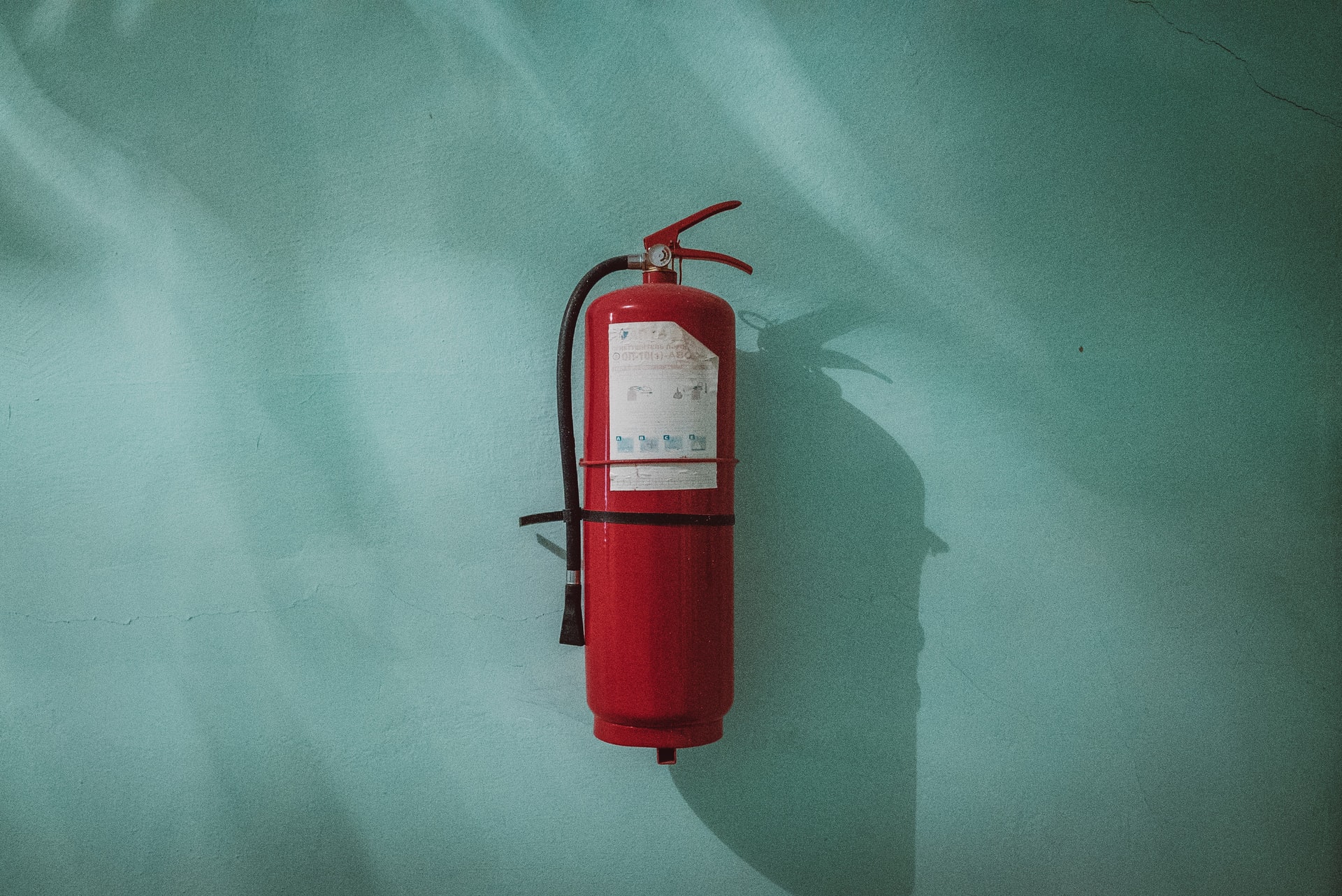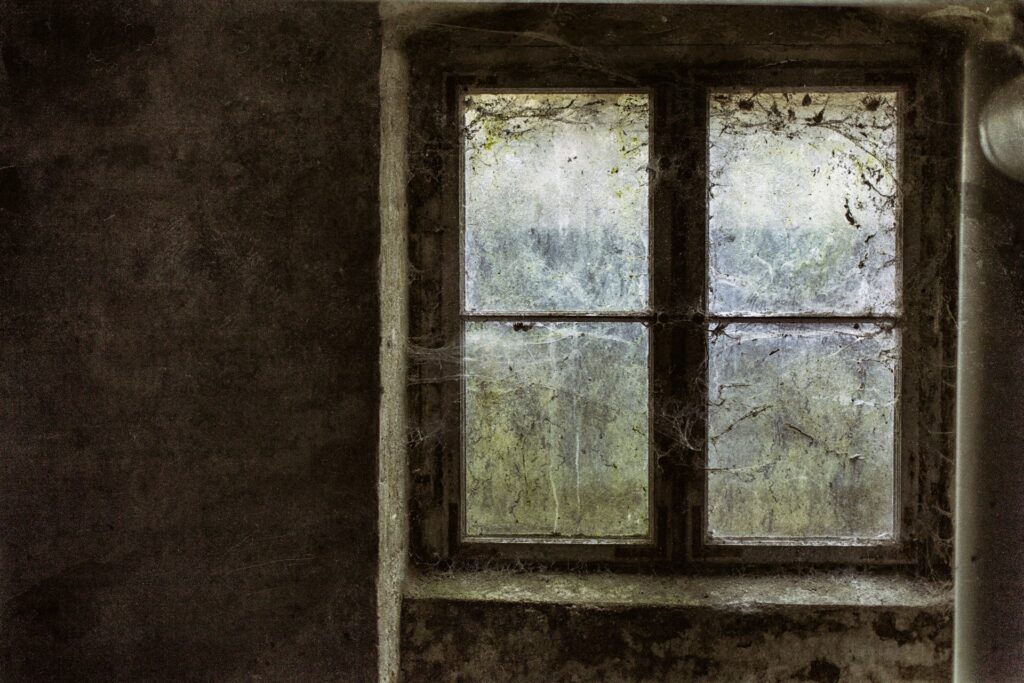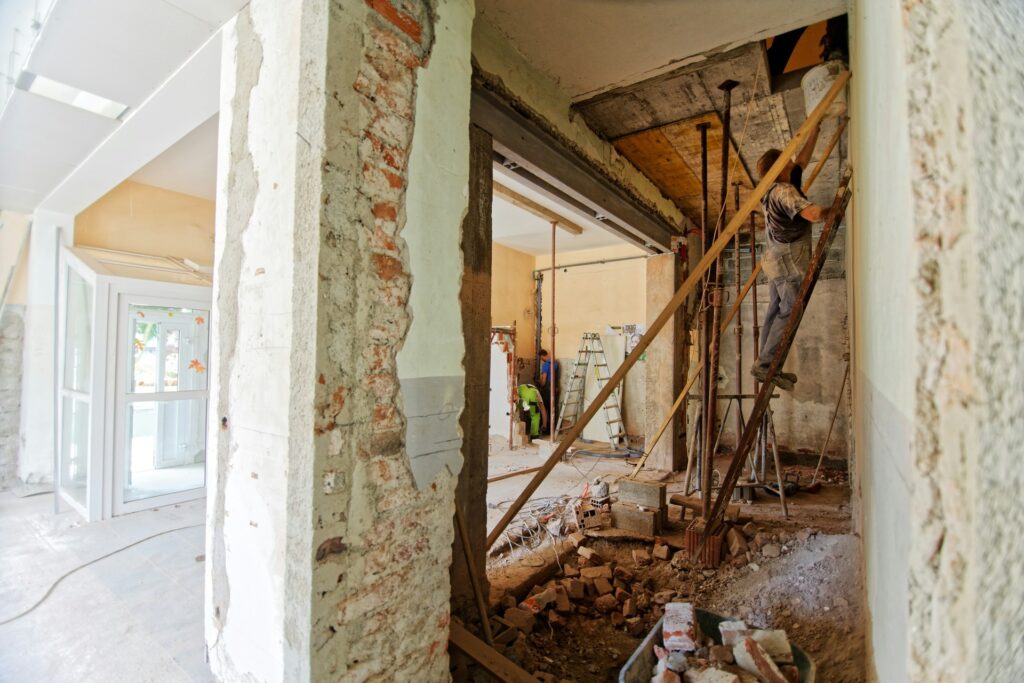
We are reader-supported. When you buy through links on our site, we may earn an affiliate commission.
Most families have smoke alarms in their homes and, in the event of a fire, they can save your life. However, by the time they go off, it’s often too late to put out the flames and save your belongings. It’s much more beneficial, then, to stop fires from occurring in the first place. Of course, the best way to prevent a blaze is to make yourself aware of any and all fire hazards within your home. Below you’ll find some of the most common.
1. Cooking
Cooking is the number one cause of house fires in the United States. In 2018, more than half all residential building fires started in the kitchen. Nearly 30% of these incidents resulted in injuries. Often, stovetops are the main culprit. However, the oven may also set your home ablaze if you’re a forgetful baker.
When cooking, be sure to stay in the kitchen, especially when frying or grilling food atop propane-fueled burners. If a grease fire occurs, avoid tossing water on it and use a fire extinguisher or lid to put out flames instead.
2. Heating
The second most common fire hazards in the home is heating, which includes— but is not limited to — boilers, furnaces, fireplaces, space heaters, and heat pumps. These heat sources ignite about 52,000 fires each year, resulting in 490 deaths and $1 billion in property damages annually. Stationary heaters, alone are responsible for 86% of these destructive fires.
Prevent heating-related flame by cleaning chimneys and keeping heaters away from flammable household items. Be aware of ventilation needs and mechanisms, especially for fireplaces — for example, the flue damper will open to let smoke escape from your home. Never use the oven to heat your home and turn off portable heaters when leaving a room. Finally, hire a professional to inspect equipment annually and ensure everything is functioning properly.
3. Electrical
While user error may be to blame in many electrical fires, equipment malfunction, overloaded circuits, and overheated appliances can also spark raging infernos. However, homeowners and occupants can prevent electrical fires by having a basic understanding of electrical safety principles and putting them into practice.
For example, while it may look better to shove cords under rugs, it’s safer to leave them out in the open. Avoid overloading outlets with multiple appliances and unplug them when they aren’t in use. Additionally, keep computers, televisions and other electronics away from flammable objects as they can overheat and cause a fire.
4. Candles
If you love to create a relaxing ambience, candles are probably your lighting of choice. However, their beautiful flicker can turn deadly if you aren’t careful. Of course, the flame itself can catch hair, clothing and other flammable materials on fire. However, the jar itself can become hot enough to set a table ablaze if it sits too long or tips over.
Burn candles safely and prevent fires by trimming wicks between uses, keeping them away from children and pets and never placing them in drafty areas. If you burn more than one at the same time, make sure they’re at least three inches apart to keep them from melting one another or creating their own drafts.
5. Smoking
Cigarettes, cigars and pipes and other smoking instruments are also huge fire hazards, especially when people choose to smoke them inside. While they may not cause as many fires as candles, smoking them in bed, leaving burning cigarettes around the house and emptying ashtrays prematurely can all cause a fire.
Easily prevent cigarette-related fires by smoking on your porch or back patio. Additionally, wait to empty ashtrays until their contents are completely cool. Moreover, use wide, sturdy ashtrays that you and your pets can’t easily knock over and keep them away from curtains, lampshades, blankets and other flammable objects.
6. Curious Kids
Kids have a tendency to get into things they shouldn’t — including lighters and matches. If your child has a curious streak and discovers these items, it’s time to sit down and have a calm but serious talk with them. Discussing the rules and consequences early on will teach them to respect fire and all things associated with it.
Of course, if your little one is too young to understand the dangers
of playing with matches, it’s best to store them someplace out of reach. Speak with your child’s school to see if the local fire department could coordinate a fire safety program. Often, presenting this information in a kid-friendly way is enough to get the point across.
Six Common Fire Hazards in Your Home
Sometimes, all the planning and knowledge in the world isn’t enough to stop a fire from igniting in your home. Accidents do happen and, when they do, you’ll want to have prepared in advance. What started as a small spark can turn into a blazing fire in mere minutes, so having an emergency plan is essential — and may just save your life.
Create an escape route with your family and practice a fire drill at least twice a year. Keep these routes clutter-free so everyone can escape safely.










